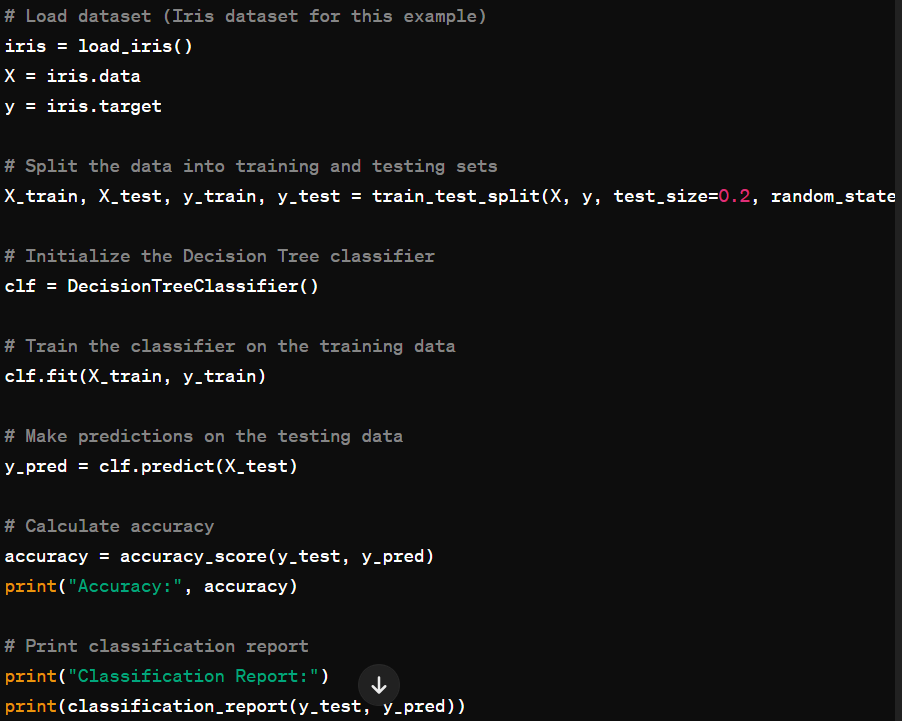Rising in recognition as soon as extra as a pastime that mixes components of ecological discovery and culinary pleasure is mushroom foraging, an age-old train steeped in cultural and culinary significance. With wild mushrooms, though, there’s not rather a lot separating a delicious dish from a most likely lethal error. This troublesome categorization draw back has very important implications, however there’s a most likely good reply in machine learning with selection tree methods. To increase foraging safety and knowledge, this weblog examines the utilization of selection bushes in evaluating the edibility of mushrooms. (GitHub)
Determining the edible or dangerous nature of a mushroom solely by its outward attributes is an intricate enterprise. A mushroom’s classification is influenced by diverse components, along with shade, kind, dimension, and habitat. Even seasoned foragers may encounter challenges because of some toxic vegetation superficially resemble their edible kinfolk. To produce a methodical technique to mushroom categorization, machine learning — significantly, selection bushes — steps in at this degree.
For classification duties, supervised learning algorithms harking back to selection bushes are good. They use a tree-like model of selections and their potential outcomes to simulate how individuals make selections. They’re significantly useful for categorizing mushrooms for the following causes:
Decision bushes are simple to grasp and analyze, which makes them useful for novices and specialists alike inside the fields of mycology and foraging. For classification, they supply precise, rational steps.
Managing Categorical Information: A great deal of the properties of mushrooms, along with the color of the cap or the attachment of the gills, are categorical in nature. Naturally, selection bushes can take care of these kinds of information.
Flexibility in Coping with Relationships That Aren’t Linear: There’s not on a regular basis a clear-cut correlation between a mushroom’s qualities and edible value. Decision bushes are fantastic at representing these intricate, non-linear interactions.
It takes three important steps to develop a selection tree model for classifying mushrooms:
Information Compilation: The first stage entails compiling an in depth dataset that lists the traits of varied mushroom species, harking back to dimension, shade, and habitat, and categorizes them as edible or toxic.
2. The technique of attribute engineering entails determining most likely essentially the most illuminating traits which have a substantial impression on estimating a mushroom’s edible potential. Guaranteeing the accuracy and effectivity of the model is crucial.
3. Model Teaching: A dataset is used to teach the model to look out patterns and connections between the traits and the class of mushrooms (poisonous or edible). Usually, algorithms harking back to CART (Classification and Regression Bushes) are used.
To stay away from overfitting, which occurs when a model performs properly on teaching data nonetheless poorly on unobserved data, pruning, and validation is also essential. Pruning entails eradicating unneeded branches from the tree. A singular dataset is then used to substantiate the model’s effectivity.
As quickly as selection tree fashions have been confirmed to be appropriate and reliable, they’re usually included in a wide range of functions, harking back to tutorial platforms for aspiring mycologists or mobile apps that help foragers inside the self-discipline. By the use of instantaneous, dependable classification based on observable traits, these strategies can drastically lower the hazard of poisoning.
Although they’re a helpful gizmo for classifying mushrooms, selection tree fashions mustn’t good. Teaching data vary and top quality have a critical impression on these fashions’ accuracy. In addition to, when people make selections that will most likely endanger their lives utterly via experience, ethical factors develop into associated. Attributable to this, typical data, expertise, and care should be supplemented by these fashions fairly than modified.
With the occasion of machine learning experience, there could also be potential for far more precise and intuitive classification applications. Decision bushes may be utilized together with totally different machine learning strategies, along with neural networks or ensemble methods, to increase the security and efficacy of mushroom foraging. The scientific group and individuals who benefit from foraging for mushrooms can now uncover the nice richness of mushrooms with confidence and warning due to the blending of these utilized sciences.
In summary, machine learning’s revolutionary ability to bridge the outlet between typical data and technological innovation is biggest demonstrated via selection bushes to categorize mushrooms as edible or toxic. Machine learning protects foragers whereas concurrently deepening our grasp of the massive and enigmatic realm of the fungus kingdom, so facilitating safer and further educated exploration of its setting.
Thank you for being a valued member of the Nirantara family! We appreciate your continued support and trust in our apps.
-
Nirantara Social - Stay connected with friends and loved ones. Download now:
Nirantara Social

-
Nirantara News - Get the latest news and updates on the go. Install the Nirantara News app:
Nirantara News

-
Nirantara Fashion - Discover the latest fashion trends and styles. Get the Nirantara Fashion app:
Nirantara Fashion

-
Nirantara TechBuzz - Stay up-to-date with the latest technology trends and news. Install the Nirantara TechBuzz app:
Nirantara Fashion

-
InfiniteTravelDeals24 - Find incredible travel deals and discounts. Install the InfiniteTravelDeals24 app:
InfiniteTravelDeals24

If you haven't already, we encourage you to download and experience these fantastic apps. Stay connected, informed, stylish, and explore amazing travel offers with the Nirantara family!
Source link

